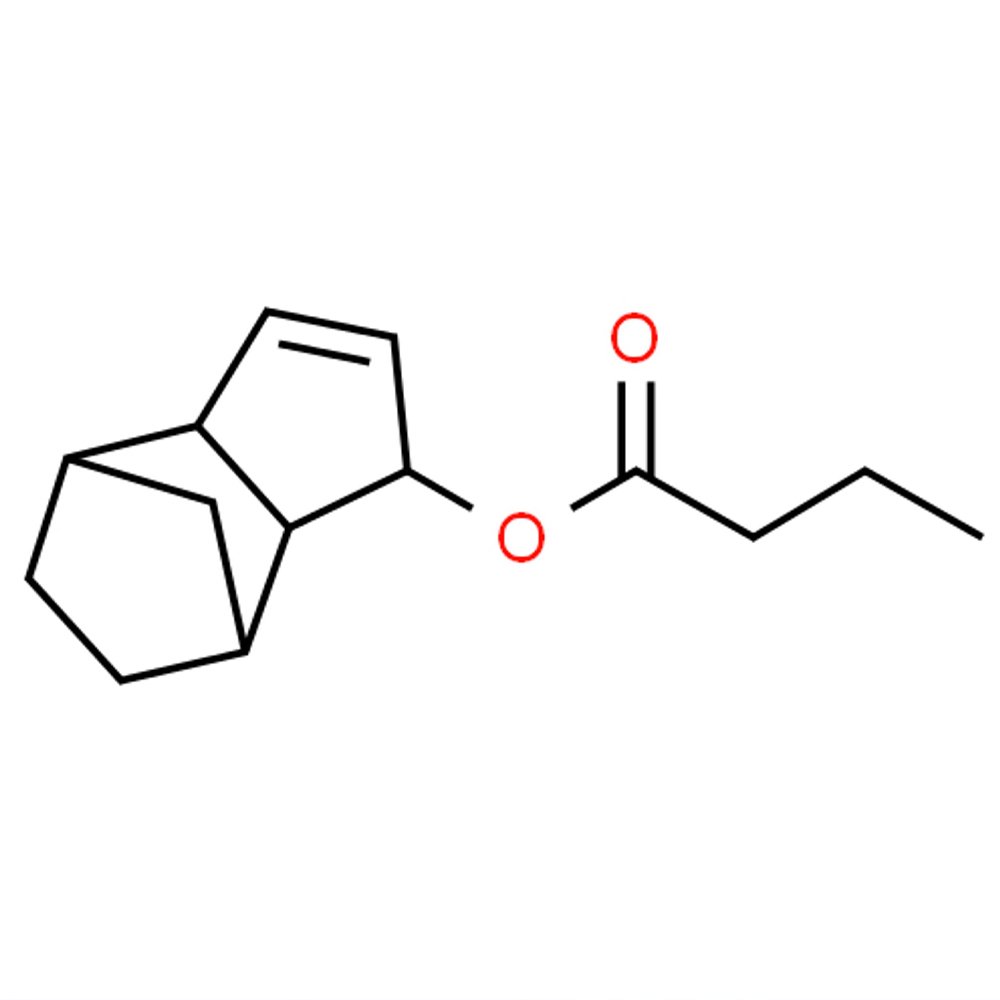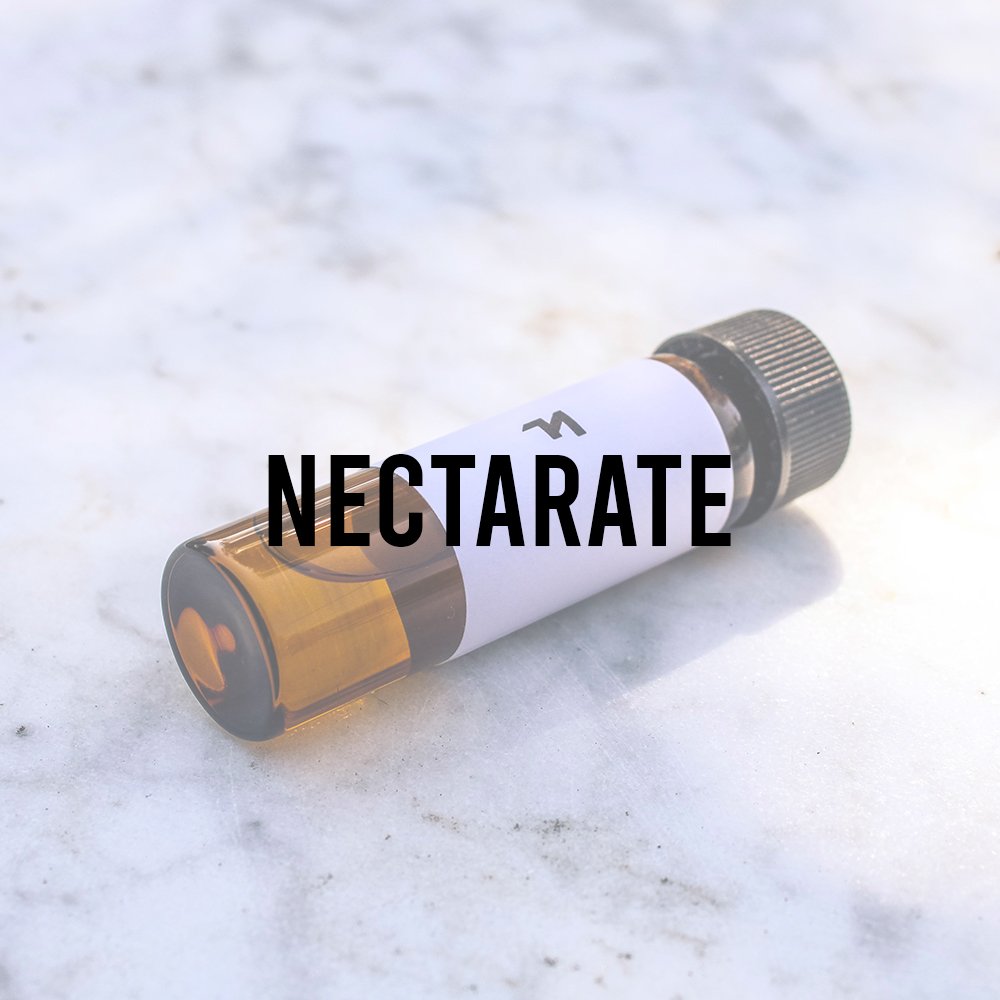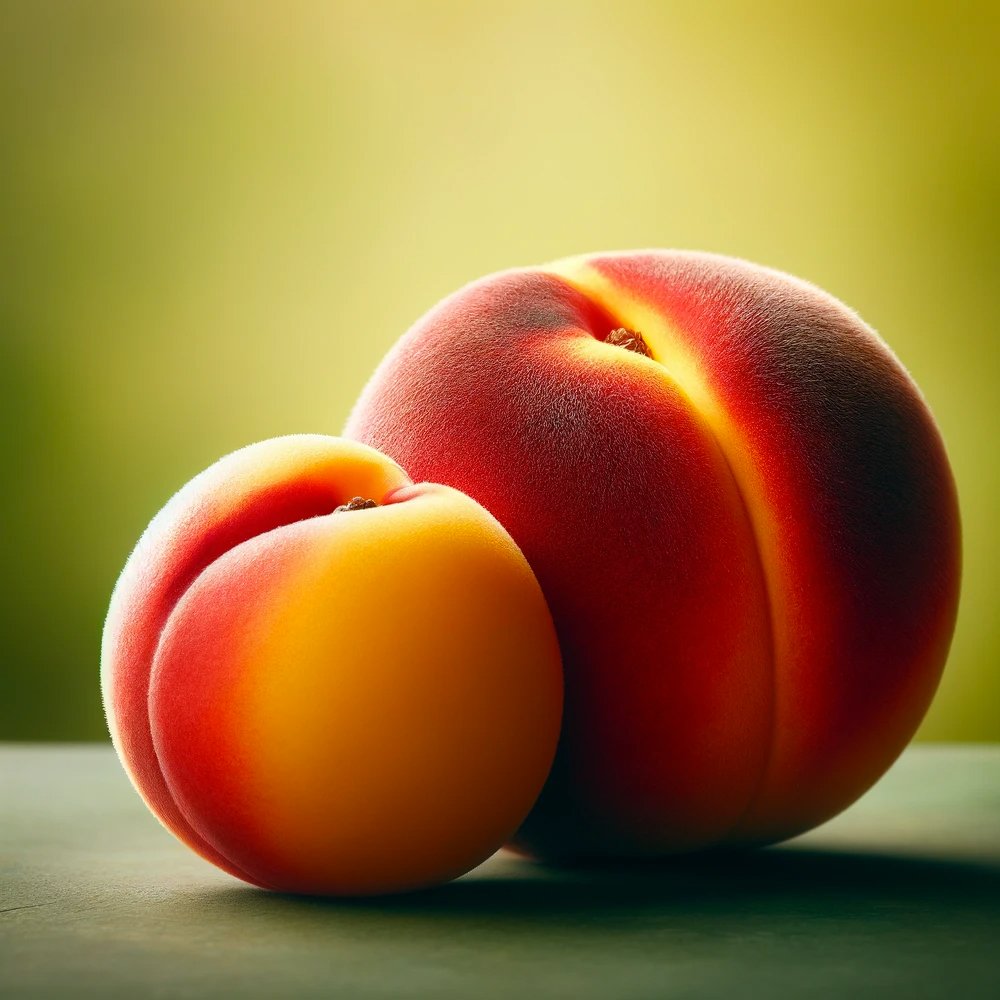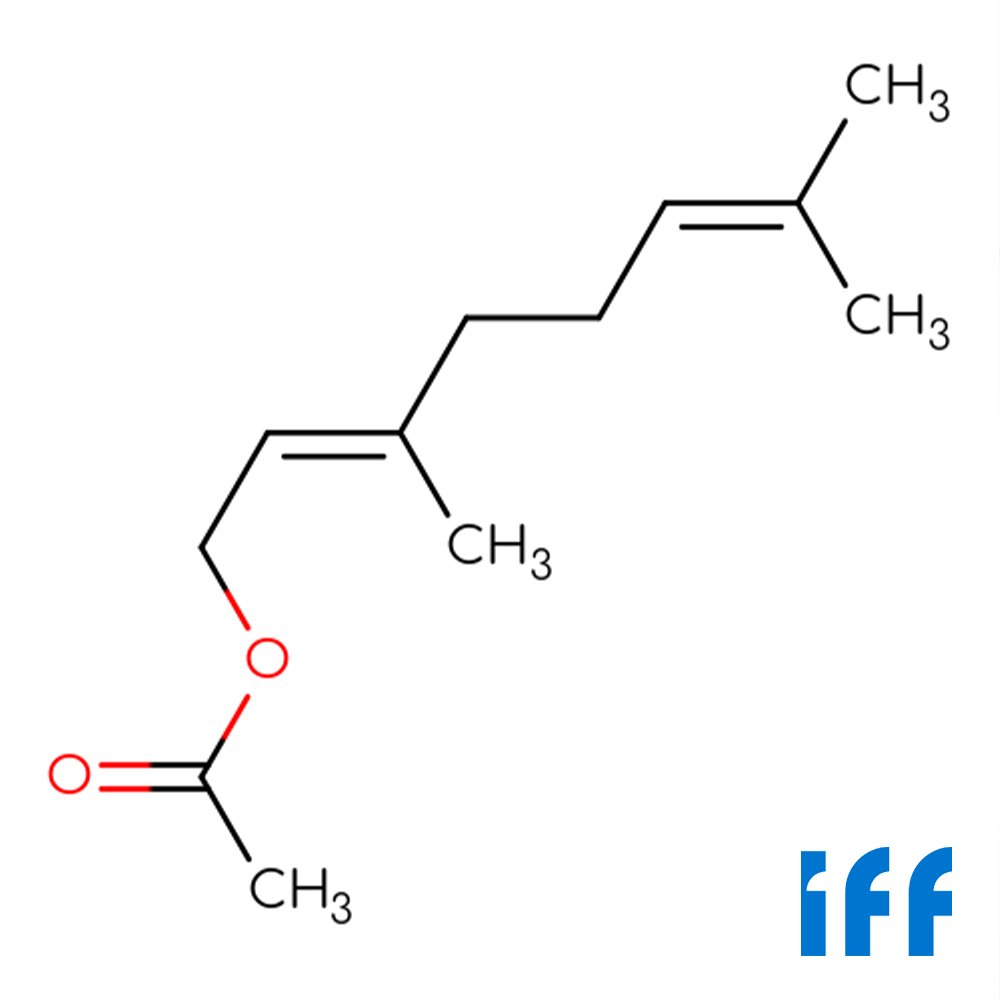 Image 1 of 2
Image 1 of 2

 Image 2 of 2
Image 2 of 2



Dihydro Ionone Beta
Premium Synthetic Ingredient for Perfumery
Dihydro Ionone Beta (CAS 17283-81-7) is a synthetic ketone compound from the ionone family, prized for its elegant balance of woody, floral, and slightly ambery nuances. With a smooth orris-like depth and fruity undertones, it brings roundness and complexity to fine fragrance compositions. Known for its medium odor strength and high stability, this ingredient is increasingly used in modern perfumery to bridge woody and floral structures with sophistication and lasting power.
Premium Synthetic Ingredient for Perfumery
Dihydro Ionone Beta (CAS 17283-81-7) is a synthetic ketone compound from the ionone family, prized for its elegant balance of woody, floral, and slightly ambery nuances. With a smooth orris-like depth and fruity undertones, it brings roundness and complexity to fine fragrance compositions. Known for its medium odor strength and high stability, this ingredient is increasingly used in modern perfumery to bridge woody and floral structures with sophistication and lasting power.
Premium Synthetic Ingredient for Perfumery
Dihydro Ionone Beta (CAS 17283-81-7) is a synthetic ketone compound from the ionone family, prized for its elegant balance of woody, floral, and slightly ambery nuances. With a smooth orris-like depth and fruity undertones, it brings roundness and complexity to fine fragrance compositions. Known for its medium odor strength and high stability, this ingredient is increasingly used in modern perfumery to bridge woody and floral structures with sophistication and lasting power.
Technical Ingredient Overview
🔎 Chemical Name — Dihydro‑β‑ionone (perfuming agent, EU COSING) (European Commission, 2025)
🧪 Synonyms — dihydro‑beta‑ionone; 7,8‑dihydro‑β‑ionone; 4‑(2,6,6‑trimethyl‑1‑cyclohex‑1‑en‑1‑yl)‑2‑butanone; β‑dihydroionone; dihydro‑β‑ionone DL
🧬 Chemical Formula — C₁₃H₂₂O
📂 CAS — 17283‑81‑7
📘 FEMA — 3626 (FEMA, n.d.)
⚖️ MW — 194.32 g · mol⁻¹ (OECD HPV, 2005)
📝 Odor Type — Woody–floral ionone
📈 Odor Strength — Medium; ≈ 9 h on blotter at 100 % (Good Scents Company, 2021)
👃🏼 Odor Profile — Violet blossom, orris, cedarwood, soft amber‑fruit nuances (Leffingwell & Associates, 2023)
⚗️ Uses — Fine fragrance (violet, orris, osmanthus, amber, tobacco); trace flavouring; cosmetic & detergent perfumes (Api et al., 2024)
🧴 Appearance — Colourless to very pale‑yellow liquid (OECD HPV, 2005)
What is Dihydro‑β‑ionone?
Dihydro‑β‑ionone is a saturated C₁₃ nor‑isoprenoid ketone produced by catalytic hydrogenation of β‑ionone. The added hydrogens soften the metallic violet character of the parent ionone and introduce a delicate cedar note while retaining good diffusivity and stability (Lederer, 1949). Thanks to its balanced volatility (log P ≈ 4.2) it bridges floral heart notes and woody bases in perfumery (Api et al., 2024).
Historical Background
The ionone skeleton was discovered in 1893 by Tiemann & Krüger during carotenoid degradation. Hydrogenated derivatives—among them dihydro‑β‑ionone—were first reported by Lederer in 1949 while studying nor‑isoprenoid reduction pathways (Lederer, 1949). After limited early use, Givaudan relaunched the material in the late 1980s; Arcadi Boix Camps lauded its “great beauty” and cited its role in L’Eau d’Issey (1992) and Dolce Vita (1994) (Boix Camps, 1999).
Olfactory Profile
Family & descriptors. Woody–violet/orris with cedar and dried‑fruit subtleties.
Intensity & tenacity. Medium impact; blotter life ≈ 72 h.
Volatility. bp 261 °C; flash‑point > 93 °C.
Applications in Fine Fragrance
| Accord Target | Role of Dihydro‑β‑ionone | Synergistic Partners |
|---|---|---|
| Modern violet‑wood | Bridges ionone top into cedar–amber base | α‑Ionone, Iso E Super, Cedarwood rect. |
| Osmanthus tea | Supplies sweet‑cedar note of natural extract | β‑Damascone, Novolide |
| Powdery strawberry | Adds woody depth, rounds sharp ethyl maltol | Aldehyde C‑16, Hedione, strawberry glycidate |
Notable perfumes: L’Eau d’Issey (1992), Dolce Vita (1994), Bvlgari pour Femme (1994) (Boix Camps, 1999).
Performance in Formula
Provides even diffusion, survives alkaline media and candles, acts as mild fixative and co‑solvent, enhancing micro‑emulsion stability (Givaudan, 2021).
Comparative Analyses
| Molecule | Odor Threshold (ng/L) | Persistence | Main Descriptors | Notes |
|---|---|---|---|---|
| β‑Ionone | 0.12–0.7 | ~96 h | Violet, fruity-wood | Very high impact |
| Dihydro‑β‑ionone | 1.7 | ~72 h | Woody‑violet, cedar | Smooth, less fruity |
| α‑Ionone | 3.2 | ~100 h | Warm violet‑orris | Powdery, long-lasting |
Although 10 × less potent than β‑ionone, dihydro‑β‑ionone’s threshold remains below the ppb range considered “high‑impact” in fine fragrance (Api et al., 2024).
Formulation Guidance
Fine fragrance: 0.2 – 2 % of concentrate (IFRA default cap 8 %) (IFRA, 2023).
Soaps/detergents: 50 – 250 ppm (alkali‑stable).
Fabric softener: ≤ 500 ppm for lingering cedar‑violet note.
Fixative traits. log Kₒw 4.2 and vapour pressure 4 × 10⁻⁴ mm Hg (25 °C) help anchor top notes without muting bloom (Givaudan, 2021).
Industrial & Technical Uses
Trace flavouring (FEMA 3626).
Polyurea microcapsules for long‑lasting fabric scent.
Model nor‑isoprenoid in carotenoid cleavage and retinal analogue research.
Regulatory & Safety Overview
| Framework | Status & Limits | Notes |
|---|---|---|
| IFRA 51 | Not restricted (default max 8%) | No QRA-based limit |
| GHS/CLP | Aquatic Acute 2, Chronic 2 (H401, H411) | Avoid environmental release |
| EU Cosmetics | Not on allergen list | Declared as "Parfum" |
| REACH | Registered (EINECS 241‑318‑1) | No harmonised classification |
| FEMA GRAS | Approved (max ~5 ppm in food) | Listed as FEMA 3626 |
Additional Information
Internal links: β‑Ionone, α‑Ionone, γ‑Dihydroionone.
Natural traces: Detected in Boronia megastigma absolute and certain raspberries (Good Scents Company, 2021).
Reference:
Api, A. M., et al. (2024). RIFM fragrance‑ingredient safety assessment: Ionone mixed isomers. Food and Chemical Toxicology.
Boix Camps, A. (1999). The Perfumer’s Notebook [excerpt].
CN1212902A. (1999). Preparation of skeletal‑Ni catalyst for selective hydrogenation of β‑ionone to dihydro‑β‑ionone. State Intellectual Property Office.
European Commission. (2025). CosIng database entry: 4-(2,6,6-trimethylcyclohex-1-en-1-yl)butan-2-one.
FEMA. (n.d.). Flavor Ingredient Library: 4-(2,6,6-trimethylcyclohex-1-en-1-yl)butan-2-one (No. 3626).
Givaudan. (2021). Ingredient card: Dihydro‑β‑ionone.
Good Scents Company. (2021). Technical data: Dihydro‑β‑ionone.
IFRA. (2023). 51st Amendment to the IFRA Standards.
Lederer, E. (1949). Studies in nor‑isoprenoid chemistry. Helvetica Chimica Acta, 32, 2123–2124.
Leffingwell & Associates. (2023). Odor thresholds of ionone stereoisomers.
Mediating Oxidative Stress in Engineered Yeast Producing Ionones. (2022). Microbial Cell Factories, 21, 123–134.
OECD HPV Chemicals Programme. (2005). β‑Ionone (CAS 79‑77‑6) Screening Information Data Set (SIDS).
Perfumery: Techniques in Evolution IV. (2000). Perfumer & Flavorist, 25(1), 31–38.








